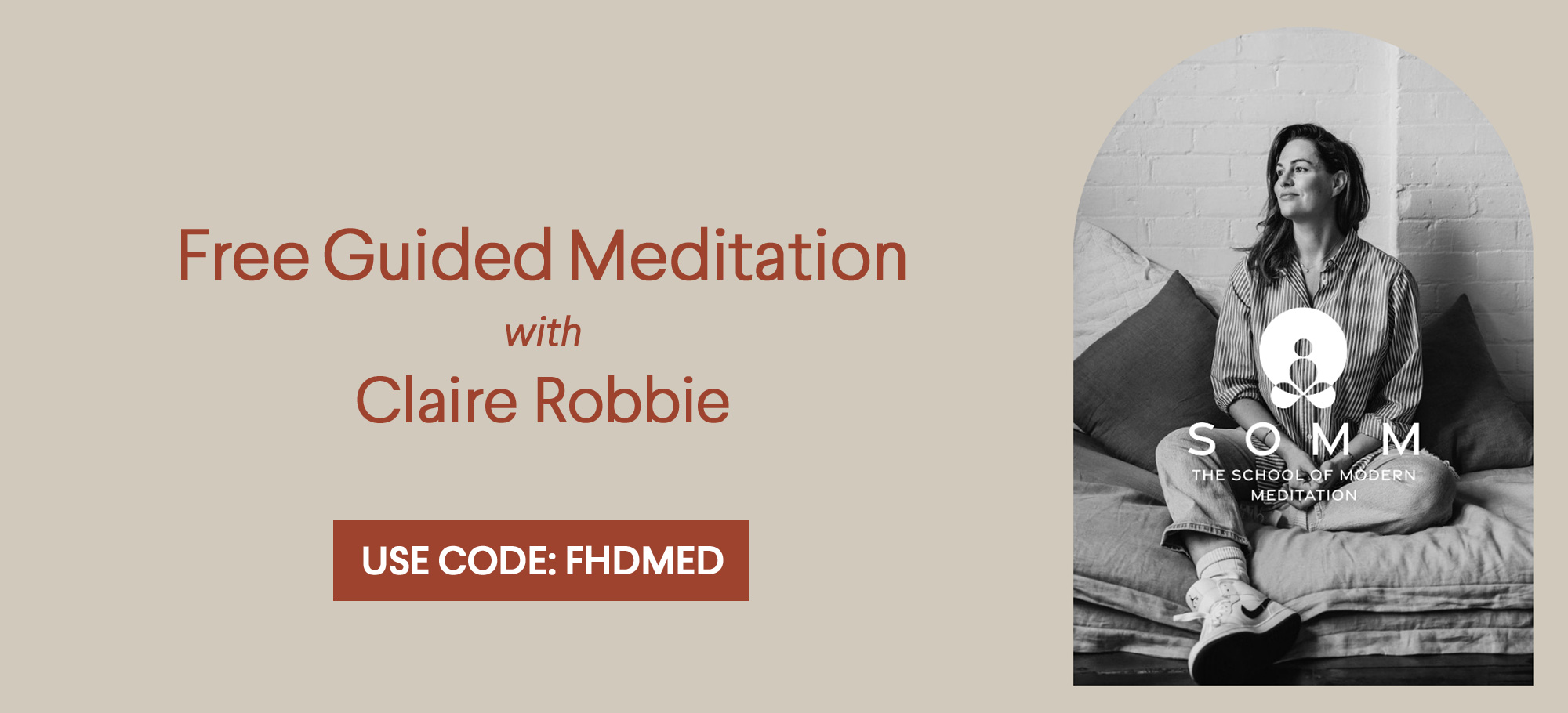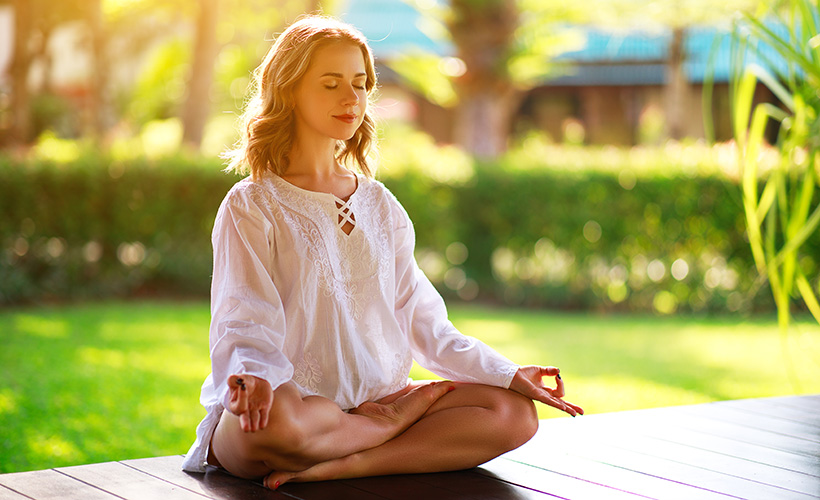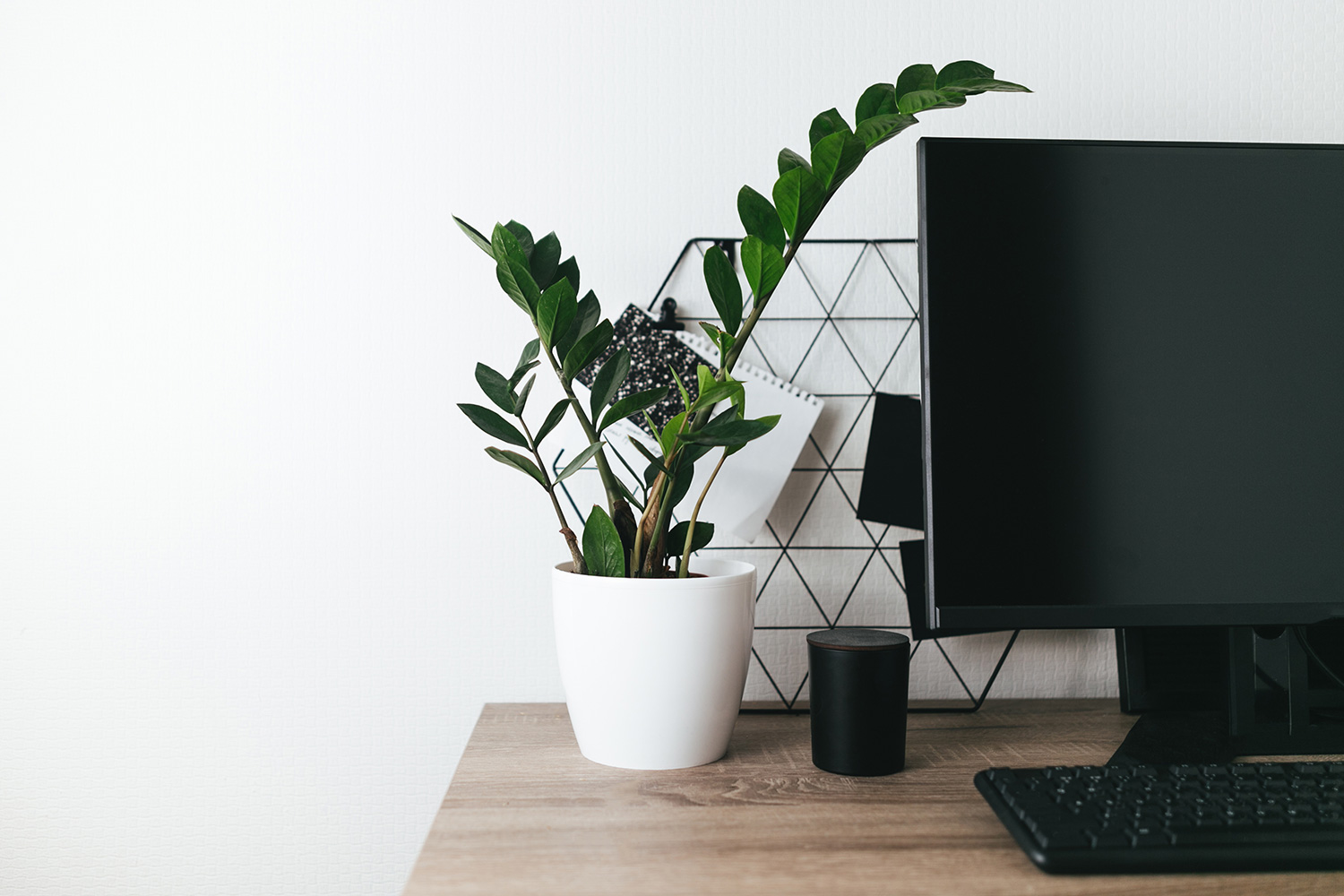Breathwork has been used for thousands of years as a way to harmonise the body-mind, reset the nervous system, integrate emotions and amplify physical, mental and emotional wellbeing. Many modern techniques (Like Wim Hof or Holotropic Breathwork) have their roots in ancient yogic practices, but the ancient Greeks, Egyptians, Sufis and Native Americans all understood and utilised the power of breath for health, vitality and emotional resilience.
What is breathwork? Breathwork refers to a range of practices that use intentional breathing techniques that may influence mental, emotional, and physical states. By consciously controlling breathing patterns, breathwork has been shown to help reduce stress, improve focus, release pent-up emotions, and create a greater sense of connection with oneself. The effects of breathing in specific patterns and using different techniques is now being deeply studied and researched, and the positive effects of breathwork are well documented. However, each body is different, and we suggest you spend time experimenting and trying different techniques to see what works for ‘you’.
Below are two simple techniques you can try for yourself anywhere, anytime.
Activating Breath Patterns (Clarity, Focus)
Activating patterns tend to focus on the inhale, perhaps making it longer or more pronounced. Breathing through the mouth tends to activate the nervous system, and/or breathing at a touch faster pace. Or techniques with short, sharp exhales. We perform activating breath patterns when we want support with focus, to become alert, yet grounded. Sometimes when we use an active breath it helps disrupt memorised nervous system responses and mental loops that are not helpful.
Kapalabhati (Skull Shining Breath)
A pranayama technique from yoga known for energising the mind and boosting mental clarity. Here’s how to do it:
- Sit comfortably: Find a seated position with a straight spine, shoulders relaxed, and hands on your knees.
- Inhale deeply: Take a slow, deep inhale to prepare, then release it without effort.
- Exhale actively: Begin short, forceful exhales by quickly contracting your lower belly (around your navel), pushing air out through your nose. Your inhale will happen naturally between each exhale, so there’s no need to focus on it.
- Repeat: Aim for a steady rhythm, completing around 20-30 exhalations, then pause for a few deep breaths. You can increase the speed slightly as you get comfortable, but start slow if you’re new to the technique.
- Rest and observe: After one round, sit still and notice any changes in your mental state. You may feel more alert, clear-headed, and focused.
This technique is powerful for both mental clarity and an energy boost. It also clears out stale air from the lungs, bringing in fresh oxygen to the brain and body. However, if you feel dizzy, pause and breathe normally.



















Community